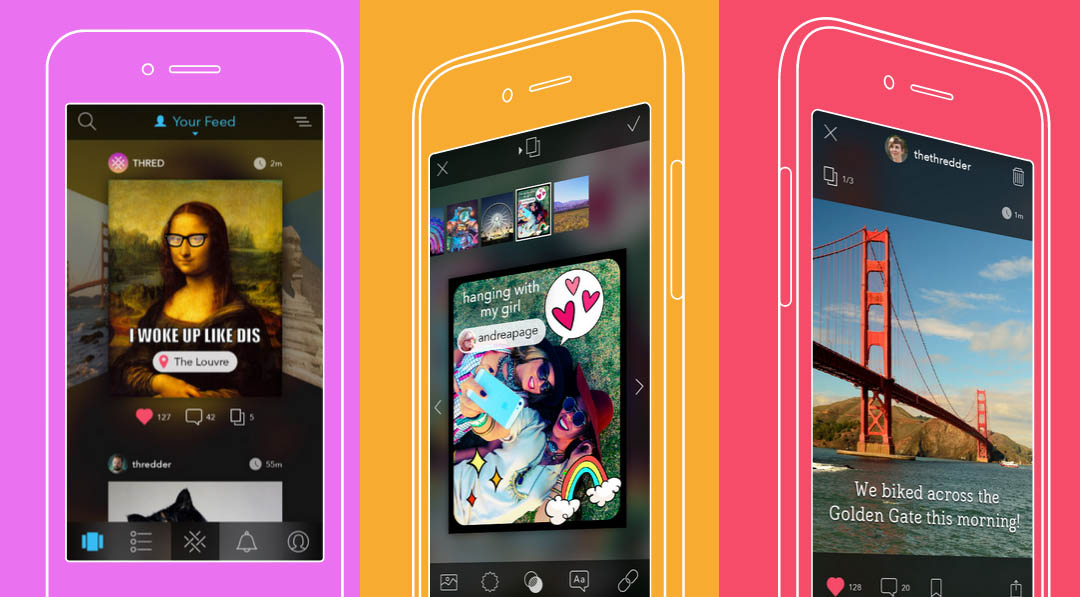Will Wright isn’t making a game anymore. He’s doing something different, but he’s still the same Wright that made The Sims and SimCity. And the things that made those games so successful are also a big part of the app he’s launching now.
Thred is a startup out of Berkeley that Will Wright founded in 2013, and it is also the name of the app that is going live on iOS today. It’s a content platform that provides you ways to quickly consume information in a way that was built specifically for smartphone devices. But it’s not just about consuming. It’s also about creating and sharing with other people. And it’s in this aspect of Thred that it’s easiest to see Wright’s obsession with designing technology that empowers people to tell their own stories. That was spark that powered The Sims, Spore, and SimCity, and now with Thred, Wright wants to enable a whole new generation of people to make their own fun.

Unlock premium content and VIP community perks with GB M A X!
Join now to enjoy our free and premium membership perks.
![]()

![]()